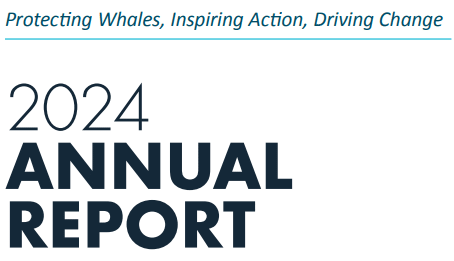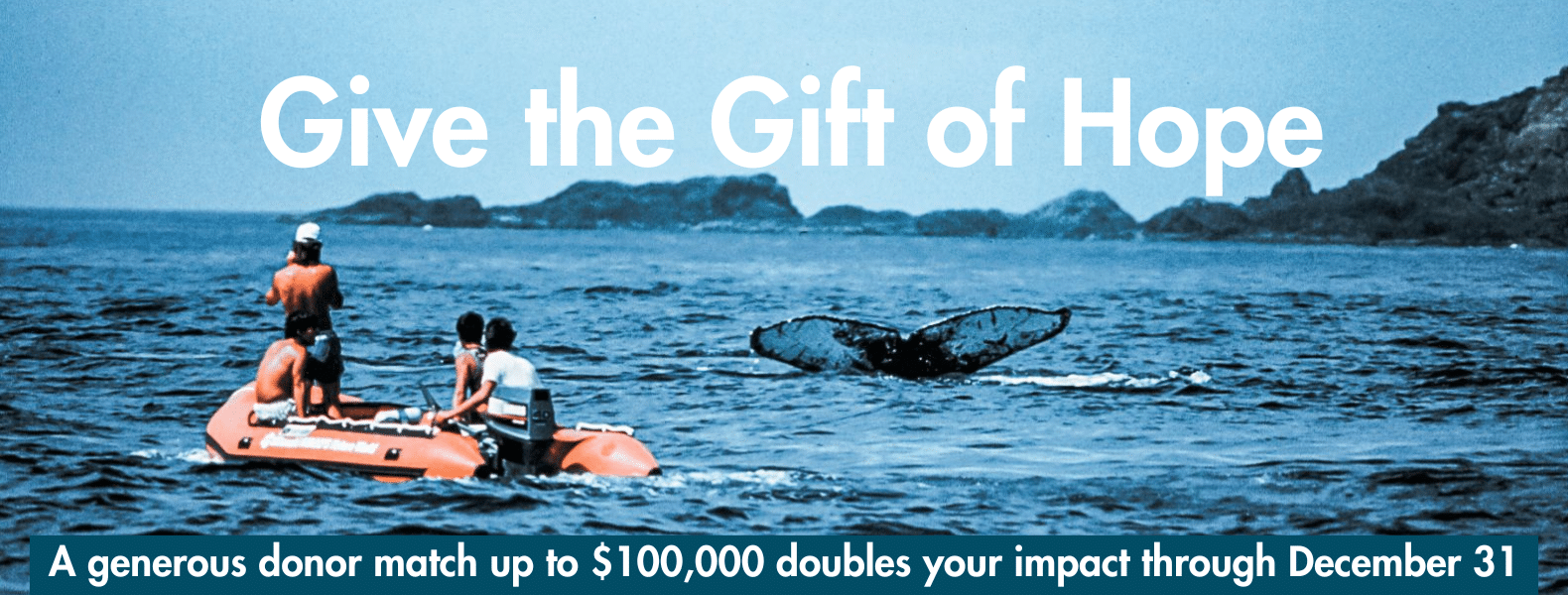
Inā mālama ‘oe i ke kai, mālama no ke kai iā ‘oe
If you care for the ocean, the ocean will care for you
A shining example of sustainability and cultural preservation in action, Edwin “Ekolu” Lindsey reminds us that we all share a responsibility to walk lightly, live mindfully and get involved in our community to take care of our natural resources.
As the son of local legend Ed Lindsey, Ekolu continues the legacy of bringing the residents and visitors of Maui together to restore and protect our native lands. As the president of Maui Cultural Lands, Inc., a grassroots land trust organization, he works with volunteers to stabilize, protect and restore Hawaiian cultural resources. He is also the co-founder of Polanui Hiu, a community-managed grassroots movement working to restore marine resources and traditions once practiced within the ahupua’a (land division) of Polanui in Lāhaina, as well as the 2020 chair of Maui Nui Makai Network.
Recently I got the opportunity to speak with Ekolu, and he graciously shared his mana’o on culture, conservation, community, and connection.
In what ways do Hawaiian culture and conservation intersect?
E: It is not that they “intersect,” it is that there is no difference between the two. Conservation is interwoven into culture; they are the same thing. Many people these days like to put yellow tape around conservation, to fence it off and deem it an area of study to be observed from a distance. But from a cultural perspective, we work to understand conservation not just as an area of study but as a way to interact with the world around us. By interacting with our land, by forming a relationship with it, we learn and understand how to use resources properly.
I suspect that all indigenous cultures have conservation woven into their lifestyles and worldviews, because there is an implicit understanding in all indigenous cultures that we must rely on nature in order to survive. We don’t look at nature as something to conquer, but as something to protect, and live in balance with.
These days, there’s a trend in conservation of putting “conservation” first and “culture” second. Many organizations treat culture as an afterthought, or an accessory. But what they don’t realize is that the cultural aspect already has everything in it. Conservation, sustainability, food security, education, community, and economy are all wrapped up into the cultural mindset.
How does your work with Maui Cultural Lands integrate cultural knowledge into restoration?
E: When we work with our volunteers, we make sure to share what we know. We share not only the knowledge that we have, but the values that we carry as well. Before entering an area to restore, we ask permission to enter through chant. We try to remind people that we need to have good manners in our relationship with nature.
After volunteering with the group, we ask volunteers to take home two crucial values: aloha and mālama. When I talk about aloha, I’m not talking about the overused greeting that often gets thrown around these days. The real meaning of aloha is love and compassion. It is a sense of caring that goes beyond hello and goodbye. Mālama is to take care of. Many know of this value but overlook one crucial aspect: it is not only to care for something, but to care for properly. Mālama is to know the needs of a place, or a person, and to care for these needs in the proper way.
How can one’s respect for a place encourage a more sustainable way of life?
E: A lesson that was shared with me by Uncle Mac from Moloka’i is that we are all interconnected in the natural world. If you look at nature, everything is food for something else. If you threaten one species, you have to think about what else you might be displacing. Seeing this interconnectivity within nature is a crucial part of living a more sustainable way of life. One great example of this network of interconnectivity is our coral reef. Many who visit to view and explore our coral reefs may not realize that the corals are living creatures — the reefs are made up of tiny coral polyps that have attached themselves to the rocks. These tiny forms of life are foundational, as they house so much of the other marine life in Hawaiian waters. In the Kumulipo (Hawaiian creation chant), coral polyps are named as the first form of life to come forth from the darkness, detailed in line 15 of the over 2,000-line chant: Hanau ka ‘Uku-ko‘ako‘a, hanau kana, he ‘Ako‘ako‘a, puka: Born was the coral polyp, born was the coral, came forth. By understanding the ways in which our living coral is connected to life for our fish, our turtles, our sharks and so much of our sea life, we can better respect and care for them.
How can those who live outside of Hawaii better understand the cultural and environmental wisdom of Hawaiians?
E: Recognize the need to get out and immerse yourself in nature whenever you get the chance. When you understand nature, and your relationship to it, you automatically have a respect for it and a desire to protect it. We can all accept our kuleana (responsibility) to respect and care for all living things.
One way we can integrate Hawaiian culture into our lives is by making the culture alive and real. Traditional practices of a sustenance lifestyle such as fishing, hunting, and farming, all put us in tune with nature and give us a way of life that fosters a reciprocal relationship with, and a respect for, the land that surrounds us. The Hawaiian people lived off of the lands and waters of the islands for a thousand years with no imports from the outside world. They did this by relying on the plants and animals that they shared the islands with. These days, many of us carry on the tradition of fishing, farming and gathering to decrease dependence on costly and ecologically damaging imports.
Another thing you can do to integrate Hawaiian cultural wisdom into your life is get involved and learn more. Whether you live in Hawai’i or come here to visit, you have the opportunity to learn more about Hawaiian culture. Volunteer with community-led restoration projects, take a hula class, or learn some Hawaiian language to expand your understanding of Hawaiian ways of thinking and interacting with the natural world.
During these uncertain times of COVID-19, the respect for our relationship with the land and waters is crucial. In some ways, this time has given nature a respite, however, we are also seeing this time being used by the plastics industry to roll back plastic bag ban policies all over the nation, and to lobby for throwaway plastics over reusables. This is coupled with the fact that we are seeing an increase in disposable PPE debris, as well as takeaway debris due to the shutdown of dine-in services. Ultimately, these times of uncertainty have left us with a reminder: we must take care of the ocean and land for them to take care of us. We cannot live mindlessly, and we must recognize our ability and our kuleana to care for what we love.

